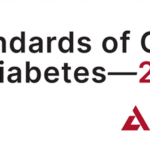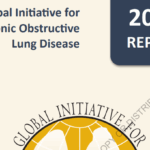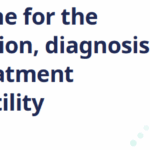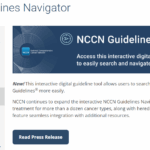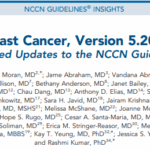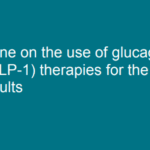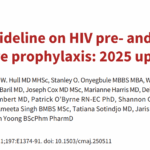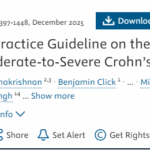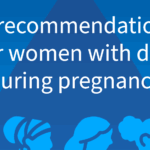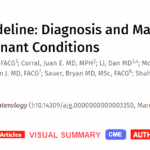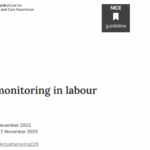Automating the Addiction Behaviors Checklist for Problematic Opioid Use Identification
This study attempts to determine whether regular expressions, an interpretable natural language processing technique, could automate a validated clinical tool (Addiction Behaviors Checklist) to identify problematic opioid use.
Linee guida per il trattamento della alopecia androgenetica nelle donne e negli uomini
DermatologiaL’EDF (European Dermatology Forum) ha sviluppato della linea guida per il trattamento dell’alopecia androgenetica. Lo scopo della linea...
Linee guida per deprescrivere oppioidi in modo più sicuro
Dolore e cure palliativeL’uso appropriato degli oppioidi significa prescriverli in modo sicuro per le persone che potrebbero trarne beneficio. Uso appropriato...
Nuove linee guida per il dolore da cancro e il disturbo da uso di oppioidi
Dolore e cure palliativeI ricercatori dell’University of Pittsburgh School of Medicine hanno pubblicato sulla rivista “Jama Oncology” le linee guida per il...
Gestione del tromboembolismo venoso (TEV) in pazienti con cancro
CardiovascolareL’American Society of Hematology (ASH) ha pubblicato una linea guida per la gestione del tromboembolismo venoso: prevenzione e...
È confermato il legame tra la malattia di Alzheimer e microbiota intestinale
Notizie dalla RicercaUn team dell’Università di Ginevra (UNIGE) e degli Ospedali universitari di Ginevra (HUG) in Svizzera, insieme ai colleghi italiani del...
Gestione della dipendenza da oppioidi
Dolore e cure palliativeUna nuova linea guida canadese per la gestione dei disturbi da uso di oppioidi, inclusa la raccomandazione per il trattamento con agonisti...
Terapia di gene-editing per la prima volta su un paziente
Notizie dalla RicercaScienziati cinesi del West China Hospital hanno iniettato per la prima volta su un paziente cellule modificate tramite la tecnica di...
Screening, cura e trattamento dell’Epatite C
EpatitiL’Organizzazione Mondiale della Sanità (OMS) ha pubblicato le sue prime linee guida per lo screening, la cura e il trattamento delle...



